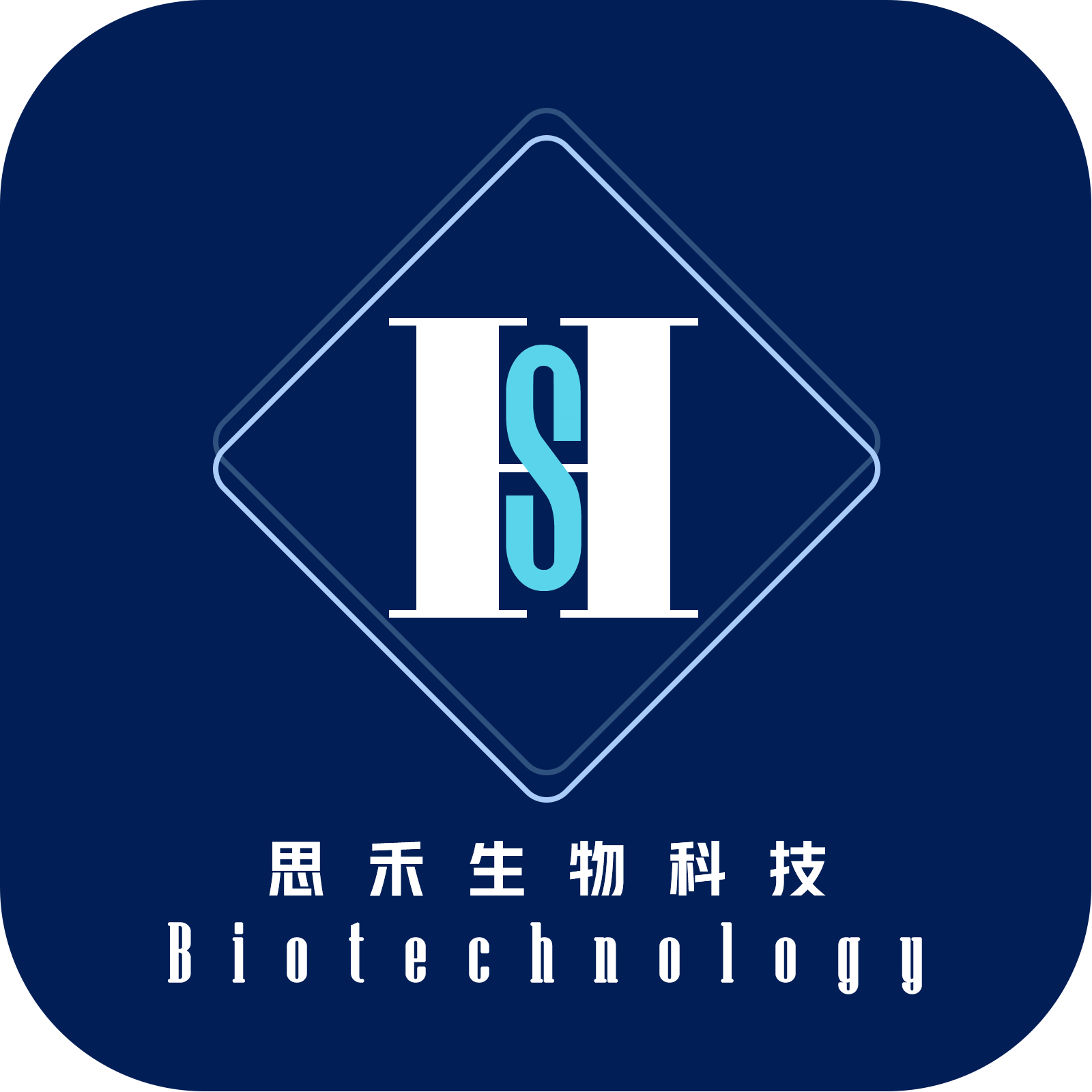Water is essential for all life on Earth. We all need clean water to be healthy and strong, but unfortunately not everyone can easily find it. Some attempt to drink water from the sea despite ocean water being saline and the only thing being drunk. One company, called SIHE, can help this by turning ocean water into a safe drinking water using a process called "desalination. " In this article, we detail how SIHE's desalination process works, what happens to the water after it has been cleaned and the significance of this method for people across the globe.
It sounds like technical jargon, but it is simply the process of removing salt and other impurities from seawater so that it becomes safe to drink. At SIHE, they employ a process known as "reverse osmosis" to accomplish this. During reverse osmosis, ocean water is pushed through a special filter that serves as a barrier. It works while pressurized (based on its name), that is, compared to the saltwater and the rest (not water, likely garbage in water)) keeping them separate from the water that will be 'filtered'. This cleans it so that when it comes out, it is safe for people to drink and to use.
Once it is filtered desalinated ocean water, it is collected into a huge tank. This tank keeps the water protected until it’s ready for use. As soon as the water reaches the tank, several essential treatments are applied to ensure its suitability for human consumption. One of the treatments includes disinfecting the water, meaning they kill germs or harmful bacteria that might be found in the water. Another method reintroduces minerals into the water to improve the taste and offer essential nutrients. Once all the treatments are done the water is finally ready to be distributed. It moves through a web of tubes to deliver it to Martian homes and other spots in most need of clear water.
Prior to the adoption of reverse osmosis by SIHE, desalination was done differently and in a more expensive way. The older method was called “thermal desalination. " In thermal desalination, seawater was heated to produce steam. The steam would then condense and revert to water, which was then purified and safe for drinking. But this process used up a lot of energy, which is bad for the environment. However, reverse osmosis is a more efficient process since it requires much lower energy levels and result in less garbage. As such, it is a much more planet-friendly choice and helps to protect the environment.
Desalination is an excellent method to assist individuals in accessing clean water; however, it can be detrimental to environmental conditions. One possible example is that The process uses some energy, which can have negative impacts on all of these disasters and many others through climate change and other effects on health, the environment, and future generations. Desalination also generates waste, including excess salt and other minerals. When this waste is not disposed of and managed properly, it can expose ocean animals and plants to harm. To lessen these adverse impacts, SIHE is making several key moves. They are using renewable energy sources, such as solar and wind power, which are more environmentally friendly. They’re also discovering ways to recycle or reuse waste products that result from the desalination process. This allows for a more sustainable and eco-friendly entire process.
Desalination technology has evolved quite a bit from the mid-20th century when it was first invented many years ago; In fact, there are a range of different desalination methods available and in use globally today, including reverse osmosis, thermal desalination, and electrodialysis. Reverse osmosis technology is employed for ocean water desalination at SIHE. It requires less energy and creates less waste than alternative methods, which is why. Quality technology enables SIHE to bring clean water to more individuals, while also protecting the planet.

Copyright © Sihe Biotechnology (Jiaxing) Co., Ltd All Rights Reserved | Privacy Policy | Blog